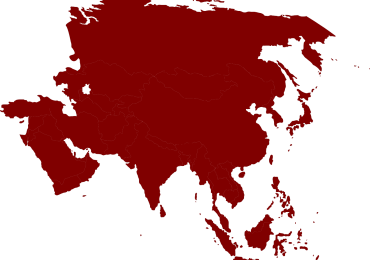In a recent article for Bloomberg, Mohamed El-Erian suggests that although the market is interpreting the impact of coronavirus on China’s economy as a “V”–“a sharp deceleration of growth this quarter followed by a strong rebound in the second”—its too early to tell what might happen.
He writes, “many have argued that the best analytical approach is to ‘look through’ the crisis, treating its economic effects as containable, temporary and reversible,” but argues that “given what I have called the cascading sudden-stop dynamics of the coronavirus for China and beyond, the risk of either a U-or L-shaped pattern for 2020 is still too high to dismiss.”
El-Erian attributes the looming uncertainty to the “multifaceted nature” of the disruption the health scare represents: “For example,” he explains, “it involves critical interruptions to both demand and supply; it impacts both manufacturing and services; and it disrupts both internal and external trade.” He cites Apple’s closing of stores in China and the halting of flights to China as only a few of the trending indicators.
The same sort of “sudden stop-dynamics” was experienced during the financial crisis in 2008, El-Erian notes, adding, “without the sweeping intervention of central banks that inserted them as intermediaries to restart financial activities and reconnect broken markets, the global economy was heading quickly into a multiyear depression.”
Emphasizing the point that “goods markets respond more slowly than financial ones,” El-Erian concludes that many analysts “do not fully appreciate the notable differences between financial and economic sudden stops.” The jury is still out, he says, especially since (1) the China economy was already off-kilter due to trade tensions with the U.S.; and (2) China has been “navigating a tricky economic development transition that has snared many countries in the ‘middle income trap.’ “




